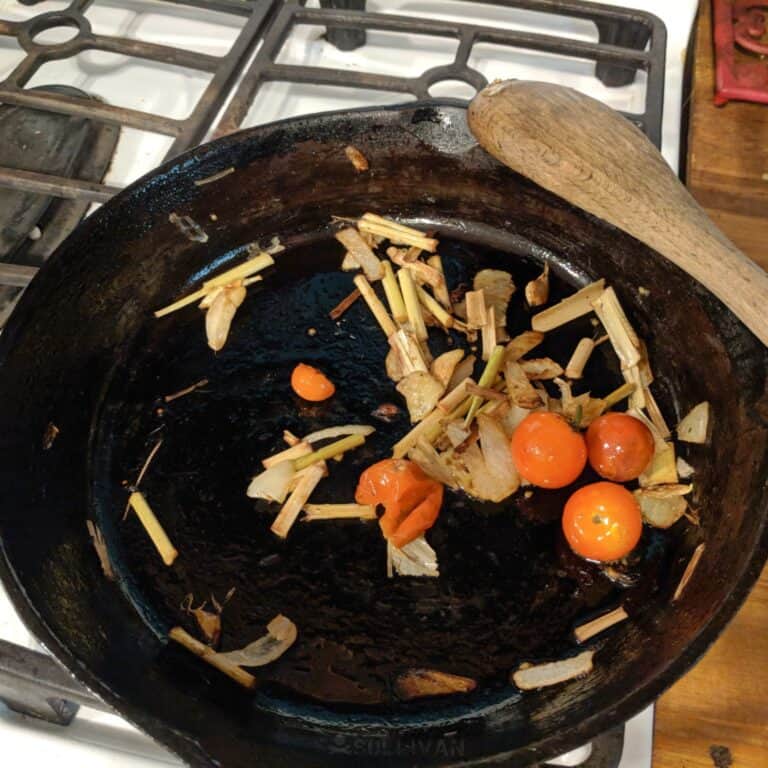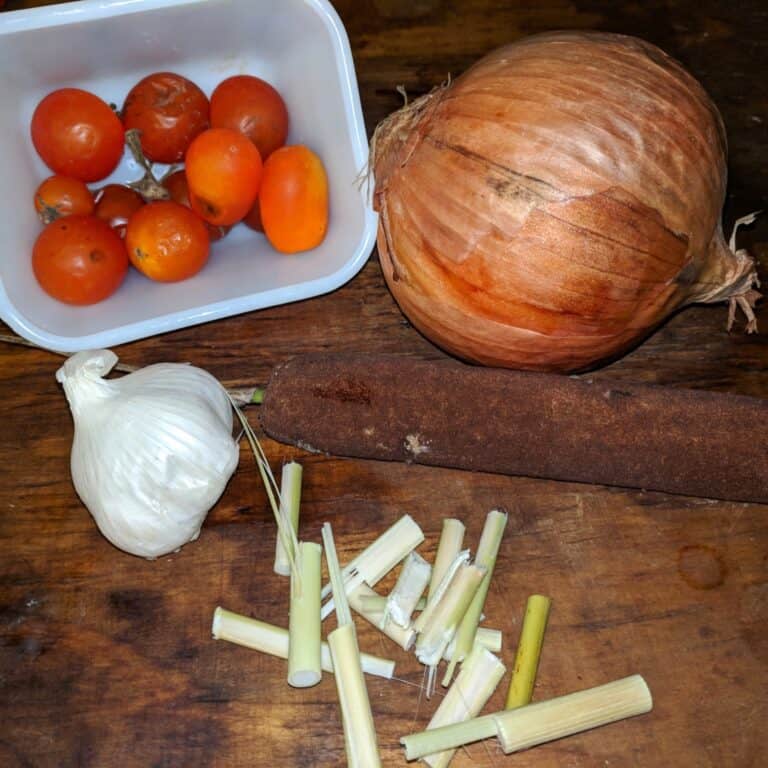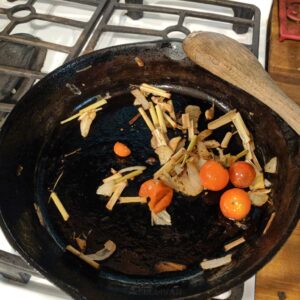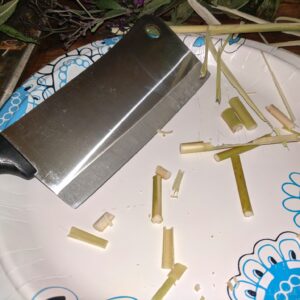Cattails have often been called the “supermarket of the swamp” to pay homage to all the amazing dishes you can make from this wild plant. These water loving hardy plants are a rich source of potassium, manganese, starch, phosphorus, as well as vitamins A, B, and C.

During different parts of the year, specific portions of the cattail plant are most viable for raw eating or matured enough to harvest for pollen or boiling. In the early spring, you eat the emerging plants and young leaves on a cattail plant just like you would corn on the cob.
In the fall, cattail plants are most often harvested for the male portion of the flowerheads for their pollen. The delicious pollen can be used to make gourmet style pancakes, muffins, and a pioneer era bread. The pollen makes a superb soup thickener as well.
The rhizomes (roots) are best harvest in the fall or winter. Cattail roots can be roasted, boiled, or fried like potatoes.

Cattail shoots (or stalks) can be eaten raw in the spring, but should be fried or boiled during other times of the year due to their enhanced level of starch.
Because the shoots are the most seasonally versatile portion of this wild plant, that is what I am going to focus upon today… so no matter when you stumble across this recipe cattails can be foraged, prepared, and enjoyed.

Cattail Stir Fry Recipe
Equipment
- Skillet
- Cooking Spoon
- Sharp Knife
- Distilled white vinegar or warm water for disinfecting – washing the shoots
Ingredients
- 1-2 cups cattail shoots
- 1 tablespoon butter or cooking oil I prefer using olive oil
- ⅓ cup onion chopped finely
- 1 garlic clove chopped finely or a few pinches of powdered garlic
- 1 chopped tomato optional
Instructions
- Chop the cattail shoots into chunks with a sharp knife.

- Rinse the chopped cattail chunks with distilled white vinegar or warm water to remove any bacteria or debris that was attached. Rinse in cool water after cleansing with distilled white vinegar.
- Melt the butter or cooking oil in a skillet.
- Place the chunks of cattail stalks, onion, and garlic in the skillet.
- Stir fry over high heat for about five minutes.
- When about 1 minute is left for stir frying, drop in the chopped tomato (optional).
- Remove the skillet from the heat, and enjoy eating the wild stir fry as soon as it has cooled enough to consume.
If you have not yet enjoyed eating cattail, start with munching on a small amount at first. The high starch content in the wild plant can cause some folks to have a stomach ache when consumed in large amounts, or too quickly.
Although tastebuds vary, cattail is often likened to corn or cucumber in flavor. Never make a food or natural medicine from cattail that has been foraged from a location that you are not positive is free from both water and chemical fertilizer contamination.


Tara Dodrill is a homesteading and survival journalist and author. She lives on a small ranch with her family in Appalachia. She has been both a host and frequent guest on preparedness radio shows. In addition to the publication of her first book, ‘Power Grid Down: How to Prepare, Survive, and Thrive after the Lights go Out’, Dodrill also travels to offer prepping tips and hands-on training and survival camps and expos.
